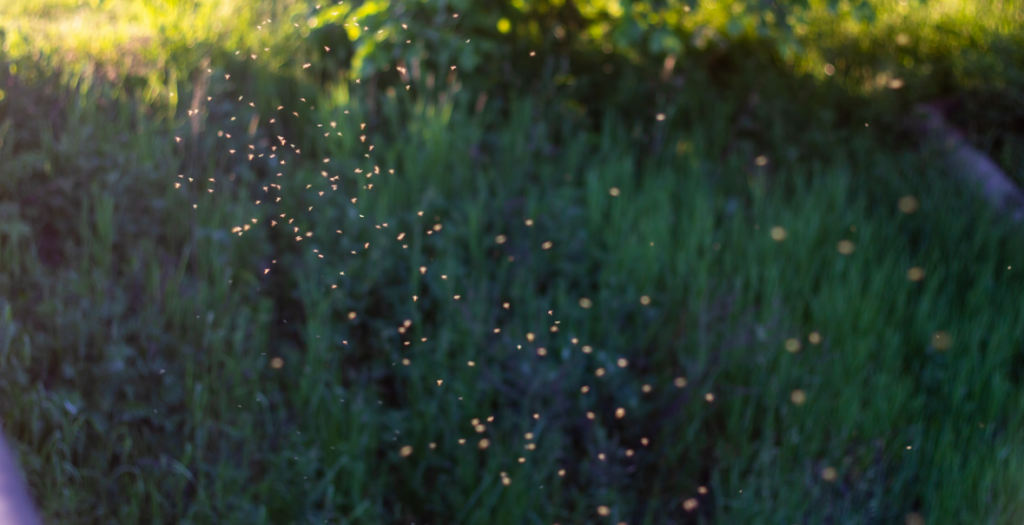
From May through to September, midges will emerge from hibernation and cause a range of problems for people and animals alike. Flying in cloud-like swarms and often biting anyone they come in contact with, these tiny flying insects are a true menace to hikers, horses, campers, travellers and livestock.
If anything is going to get in the way of your summer plans or outdoor working schedule, it's midges and their appetite for warm-blooded creatures. In our latest blog, Waterman's Country Supplies will explore what defines these nuisance insects, and most importantly, how to go about shielding yourself against midge bites.
What Are Midges?
A midge is a general term that encompasses a large number of small non-mosquito related fly species. They are found seasonally and almost everywhere on land, except areas that experience extremes of temperature such as deserts and arctic regions. With a wingspan of only around 2mm, hundreds and even thousands of midges can swarm and bite exposed areas of skin. While they lack visual and aural senses, midges have a strong sense of smell and can detect carbon dioxide and lactic acid emitted from the bodies of humans and animals. Once a midge or a few midges have honed in on a food source, they release pheromones that will cause other midges to swarm to the site and bite.
But why are midge bites so itchy? Most of the time midge bites will cause a small, red and itchy lump on the skin. The midge will cut into the skin using its jaws in a gyrating, sawing action before applying saliva to prevent clotting. Although they won't pass on diseases, they can trigger an aggressive immune system response in some people. In fact, midges haven't evolved in millions of years, proving that they are one of the most perfectly adapted blood-feasting insects in nature.
How To Avoid Midges
How To Repel Midges

2. Use essential oils as natural repellents. Citronella, peppermint oil, lavender and eucalyptus can all be used to repel midges by spraying your equipment or surroundings and even diluting for personal use. Citronella candles can be used to prevent midges from closing in on a localised area.
3. Cover up your extremities with long sleeves, full length garments and even gloves during peak times such as mornings and evenings.
4. Protect your horse with CDM Extra Strength Flygard Insect Repellent. An effective alternative to a natural-based repellent, this super-strength formula gives maximum protection against midges and biting insects and is developed from the same ingredient used by the Armed Forces to repel insects in the jungle.

5. If you're averse to dousing yourself in insect repellent, you could spray or soak a wristband in a suitable skin-friendly repellent to keep midges away. You may need to continue to spray it during long periods outdoors but it's a far quicker and more agreeable alternative to spraying your entire body in repellent and may render similarly effective results.